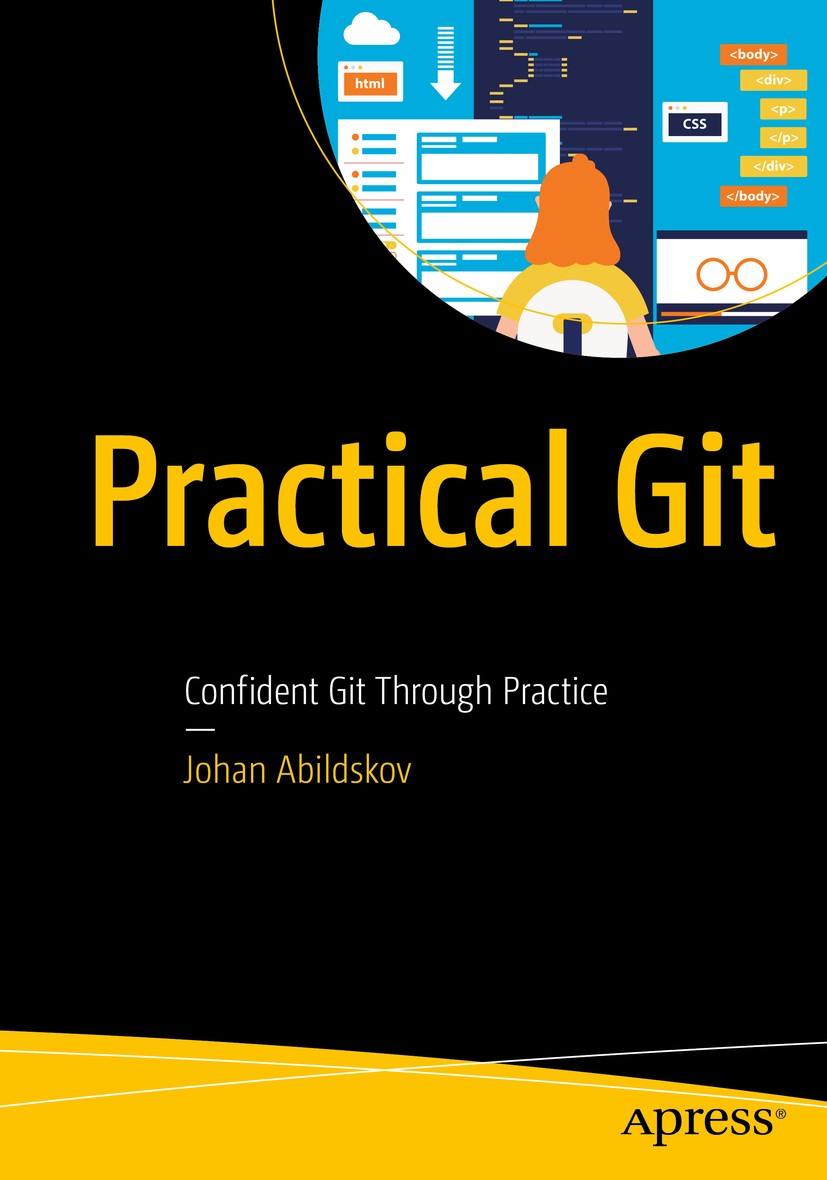| 书目名称 | Practical Git | | 副标题 | Confident Git Throug | | 编辑 | Johan Abildskov | | 视频video | http://file.papertrans.cn/753/752992/752992.mp4 | | 概述 | Build understanding through practice: focus on practical exercises rather than overall concepts.Teaches the Git Katas that have benefited 800+ developers at workshops worldwide.Written by Johan Abilds | | 图书封面 |  | | 描述 | .Practice your Git skills using exercises in your own environment. This book introduces concepts in an abstract visual way, and then enforces this learning through exercises - the Git katas...You will start with basic interactions such as commits and branches, and move on to both internals and collaborative workflows. Best practices are introduced and rehearsed throughout with hands-on exercises. Each topic is supplemented with interactive Git exercises that can be solved using any Git client – either the ubiquituous CLI or one of the many graphical clients so you‘ll learn in the environment you work in...The importance of Git is hard to overstate – it is used by 90% of software engineers worldwide and is the de facto standard for version control. Honing your Git skills is guaranteed to make you a better and more efficient developer. Building software can be stressful, but it doesn’t need to be. .Practical Git. will give you the Git skills you need, and help keep your Git skills sharp. Add it to your library today...What You‘ll Learn.Use Git through scripted exercises and the Git katas .Understand Git’s graph model.Troubleshoot common and rare scenarios you may face.Select and appl | | 出版日期 | Book 2020 | | 关键词 | Git; learning git; git exercises; version control; modern version control; how does git work; git guide; br | | 版次 | 1 | | doi | https://doi.org/10.1007/978-1-4842-6270-2 | | isbn_softcover | 978-1-4842-6269-6 | | isbn_ebook | 978-1-4842-6270-2 | | copyright | Johan Abildskov 2020 |
The information of publication is updating

|
|
 |Archiver|手机版|小黑屋|
派博传思国际
( 京公网安备110108008328)
GMT+8, 2025-11-23 13:51
|Archiver|手机版|小黑屋|
派博传思国际
( 京公网安备110108008328)
GMT+8, 2025-11-23 13:51


